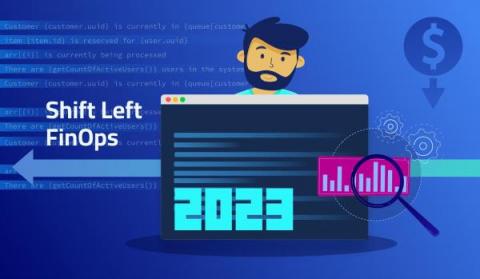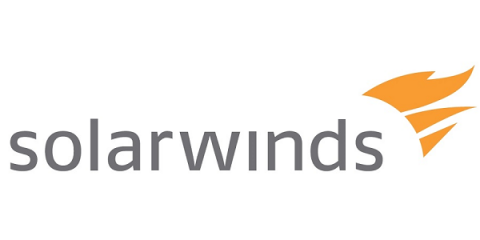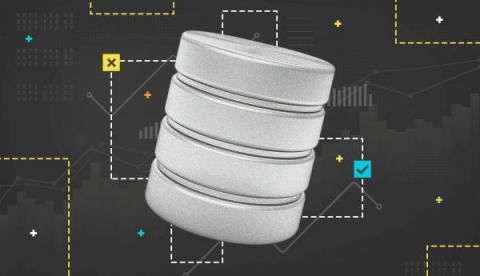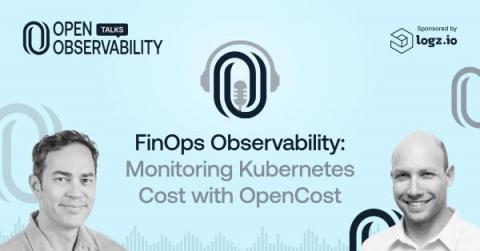2023 is When More FinOps Practices will Shift Left and Cost Optimization around Logging will Get Central Stage
Effective troubleshooting and resolution of critical production issues require DevOps and R&D teams to utilize logging and observability. However, selecting the right logging solution can be challenging, given the wide range of available options and associated costs. Additionally, the strategy for logging usage should be tailored to the needs of different personas and use cases, such as DevOps engineers versus developers.











